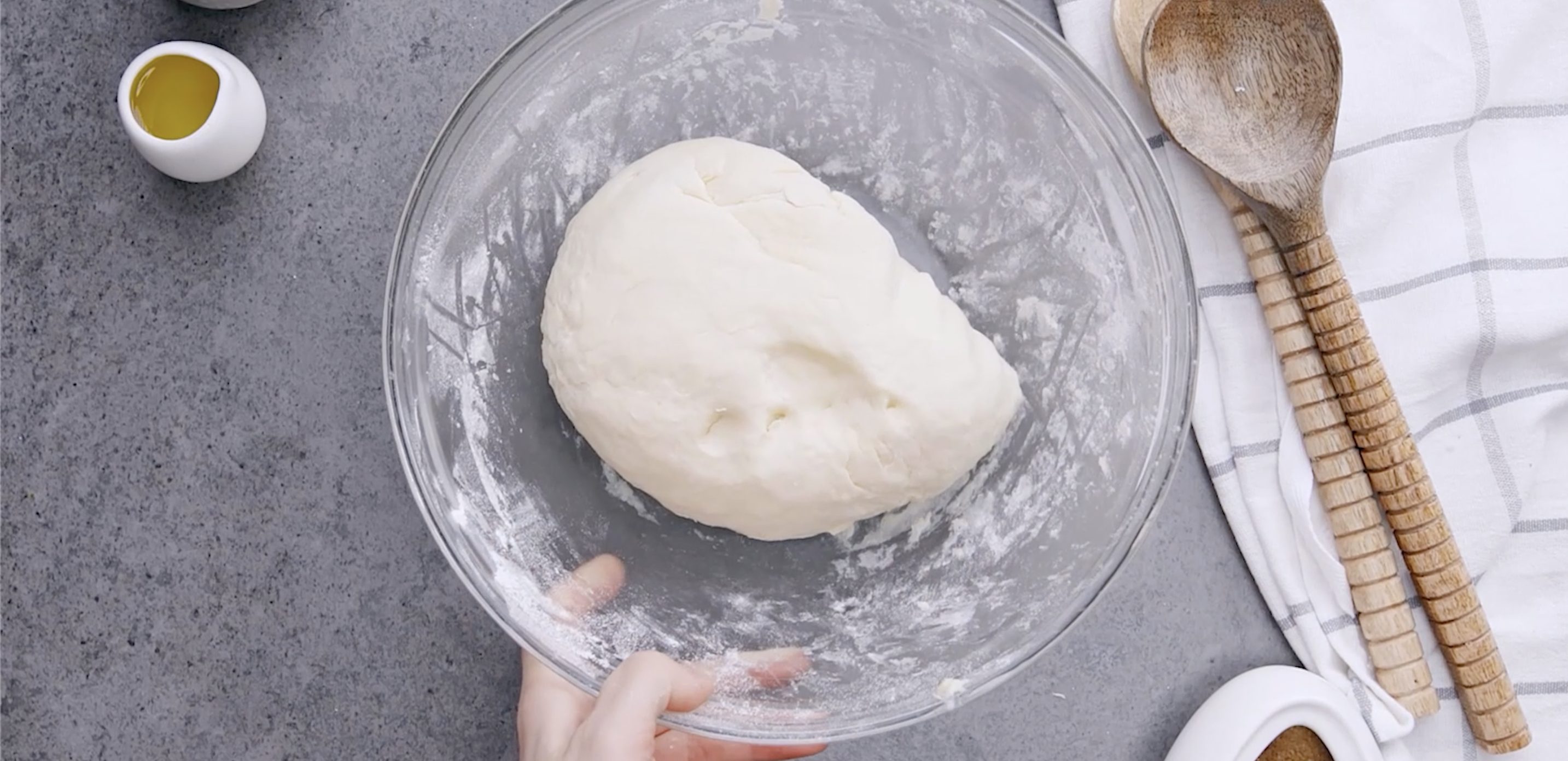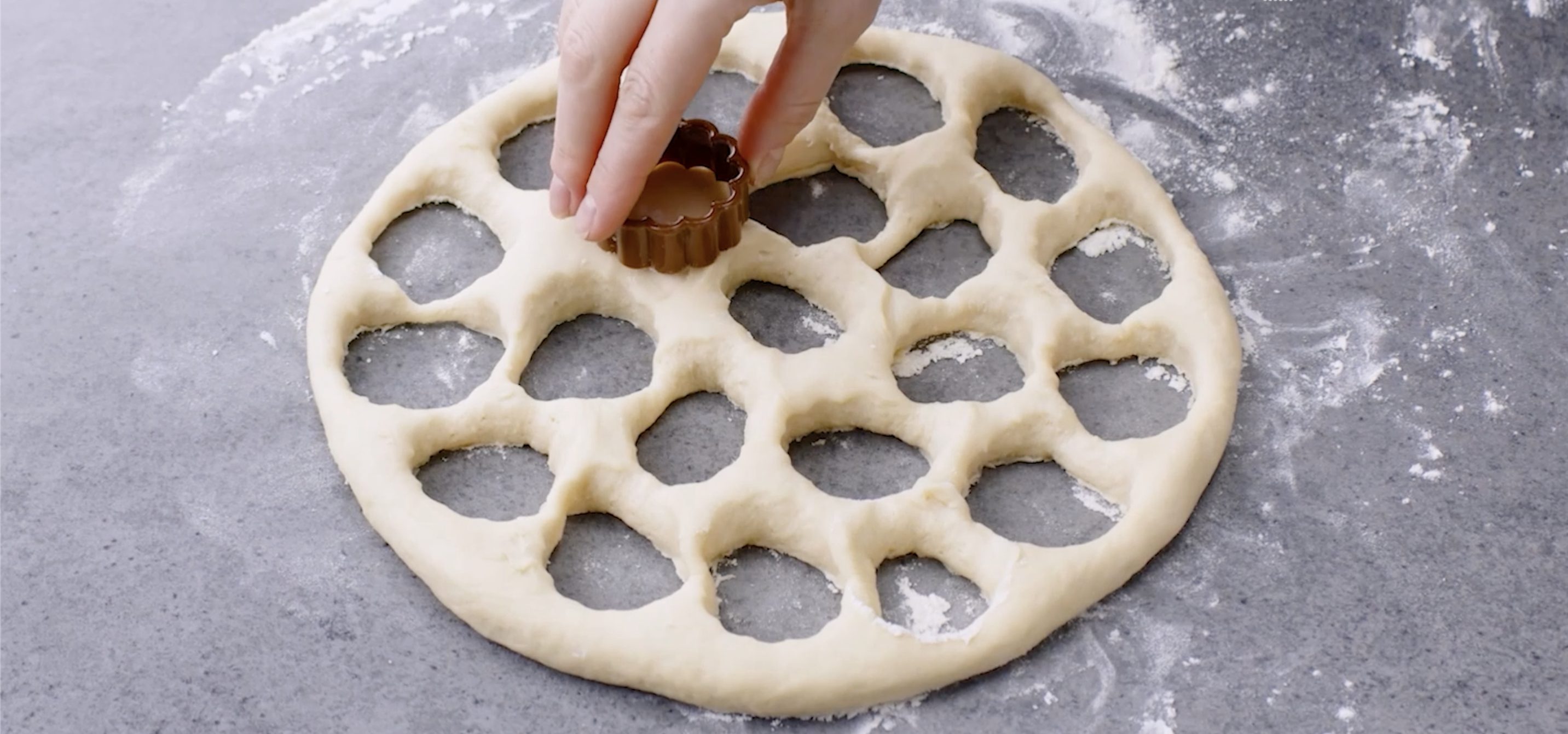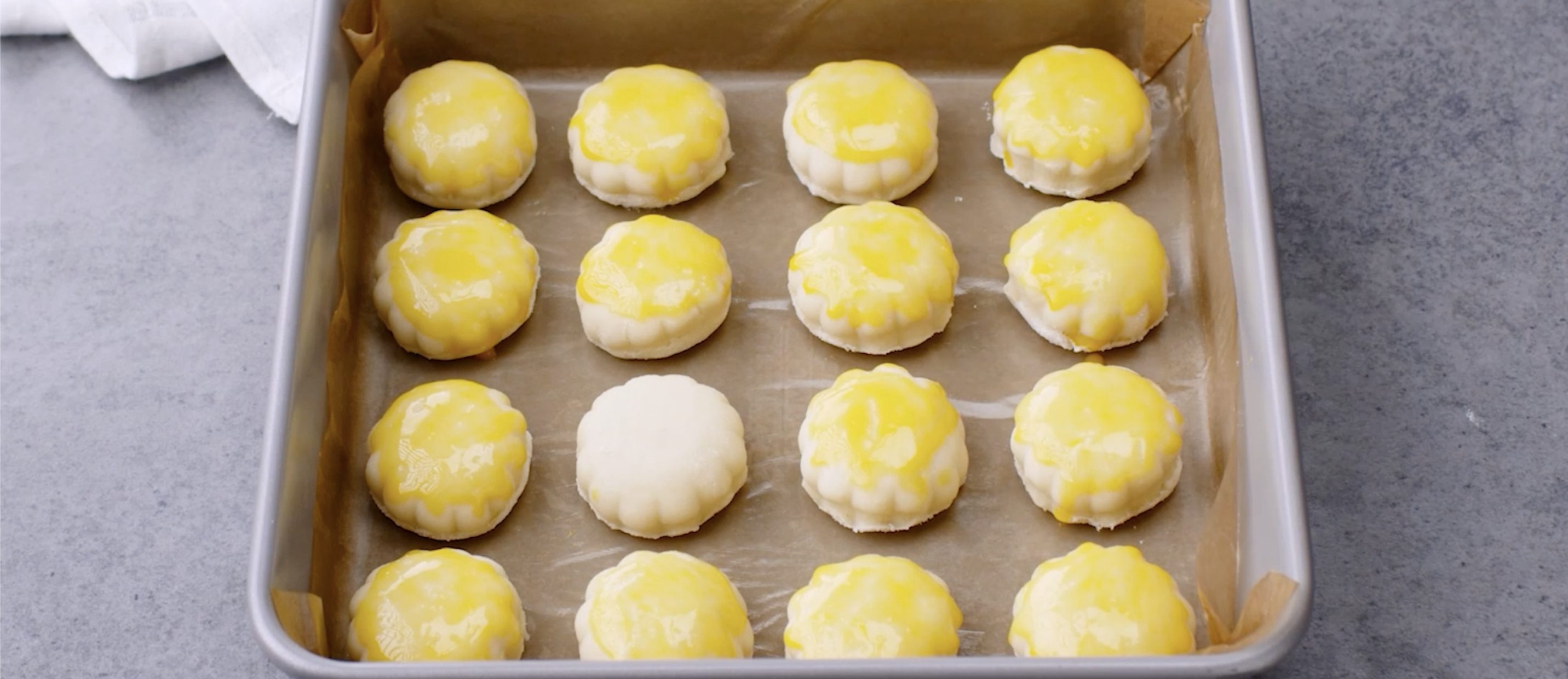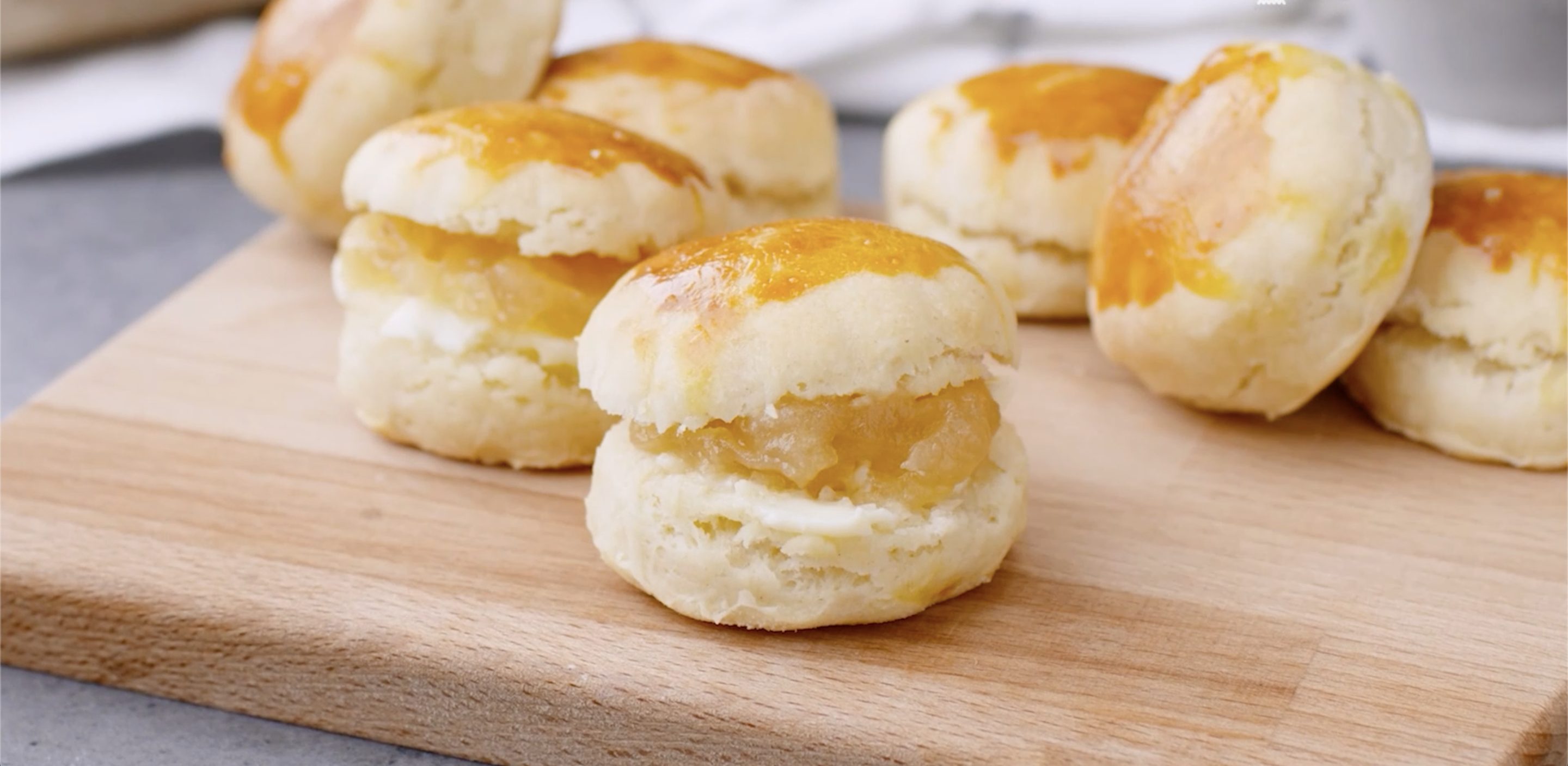
Move over, let’s introduce you to these oh-so-classic muffins and a delicious treat known as the English Scones.
Whether it's for breakfast with a steaming cup of tea or as an afternoon snack, scones never disappoint. They’re quick to make, and once you sink your teeth into that golden, crumbly goodness, you'll understand why they’ve been adored in the UK for centuries. Ready to whip up a batch? Let’s get started.
What are English Scones, Anyway?
Ah, the humble scone. While they might look like just another biscuit or bread roll, English scones are something entirely special. These rich, buttery treats have a history steeped in English tradition. They were first mentioned in the 16th century and are thought to have originated in Scotland, where they were traditionally baked on a griddle.
However, the modern version we know and love today comes from England, particularly associated with afternoon tea. Typically served with jam and clotted cream, a match made in heaven, they make the perfect companion for your next tea party or brunch.
Are you aware that the name “scone" is believed to come from the Gaelic word "sgonn," which means "lump" or "a shapeless mass." But trust this, these scones are the perfect "portion" to satisfy your sweet cravings.
Pro Tips for The Best Scones
- Cold Butter is Key. The colder the butter, the flakier the scones. Don’t let it soften, so chop it up and keep it chilled before mixing into your flour.
- Be gentle with the dough. Overworking it can make the scones dense. Mix just until the ingredients come together, and you’ll have a light and fluffy result.
- For the richest flavor and a soft texture, go for full-fat milk over low-fat versions.
- Thickness Matters! When rolling out your dough, aim for a 3 cm thickness. Too thin, and they’ll be flat; too thick, and they won’t bake properly in the middle.
- Use egg wash for a beautiful finish. Give your scones a glossy finish by brushing them with a bit of egg yolk before baking. It’s all about that golden, mouth-watering color.
English Vs. American Scones
English scones are softer, less sweet, and served with clotted cream and jam, typically as part of tea. American scones are denser, sweeter, and often loaded with mix-ins like fruit or chocolate, making them more like a standalone dessert or snack.
Can I Make These Scones Ahead of Time?
You can prepare the dough and shape the scones, then wrap them tightly and store in the fridge for up to 24 hours before baking. Or freeze them for a longer period and bake when you need them fresh, which makes them perfect for busy mornings or unexpected guests.
Can I Add Raisins or Other Mix-ins to The Scone Dough?
Yes, scones are wonderfully versatile! You can add dried fruit, like raisins or currants, or even chocolate chips for a sweet twist. Just fold them into the dough gently.
Why Didn't My Scones Raise in The Oven?
Scones may collapse if the dough is overmixed, over-developing gluten, or if baking powder is mismeasured—too little prevents rising, too much causes collapse. Rolling the dough too thin also weakens structure. To avoid this, mix gently, measure accurately, and keep the dough about 3 cm thick.
Can I Make Savory Scones?
You bet! Swap the sugar for a pinch of salt and add herbs like rosemary or thyme for a savory version of these English classics. Serve them alongside soups or as a side to your main course.
More Scones You Need to Try!
How to Store Leftover Scones
Leftover scones? Not a problem! If you’re lucky enough to have any, store them in an airtight container at room temperature for up to 2-3 days. They’ll still be delicious, but if you want to enjoy them at their best, warm them up slightly in the oven for a few minutes.
Can I Freeze English Scones?
You can also freeze scones by wrapping them tightly in plastic wrap or foil and storing them in a freezer-safe bag for up to a month. Just pop them in the oven to reheat, and they’ll taste as fresh as the day they were made.
Ingredients
How to Make English Scones
;Resize,width=712;)
Step 1. In a bowl, combine the flour, baking powder, salt, and sugar. Give it a quick stir to mix everything together. Add the cold butter to the dry ingredients. Use your hands to rub the butter into the flour until the mixture resembles coarse breadcrumbs. Slowly add the milk to the dough, stirring gently until everything comes together. Be careful not to overwork the dough.
Step 1. In a bowl, combine the flour, baking powder, salt, and sugar. Give it a quick stir to mix everything together. Add the cold butter to the dry ingredients. Use your hands to rub the butter into the flour until the mixture resembles coarse breadcrumbs. Slowly add the milk to the dough, stirring gently until everything comes together. Be careful not to overwork the dough.
;Resize,width=712;)
Step 2. On a floured surface, roll the dough out to about 3 cm thick. Then, use a round cutter (or a glass) to cut out circles of dough.
Step 2. On a floured surface, roll the dough out to about 3 cm thick. Then, use a round cutter (or a glass) to cut out circles of dough.
;Resize,width=712;)
Step 3. Place the scones on a baking tray, brush the tops with egg yolk, and pop them into the oven.
Step 3. Place the scones on a baking tray, brush the tops with egg yolk, and pop them into the oven.
;Resize,width=712;)
Step 4. Bake at 190°C (375°F) for about 20 minutes, or until golden brown. There you have it, a simple, delicious recipe for English scones that will leave you feeling like you're having tea with the Queen. Enjoy!
Step 4. Bake at 190°C (375°F) for about 20 minutes, or until golden brown. There you have it, a simple, delicious recipe for English scones that will leave you feeling like you're having tea with the Queen. Enjoy!

;Resize,width=767;)
